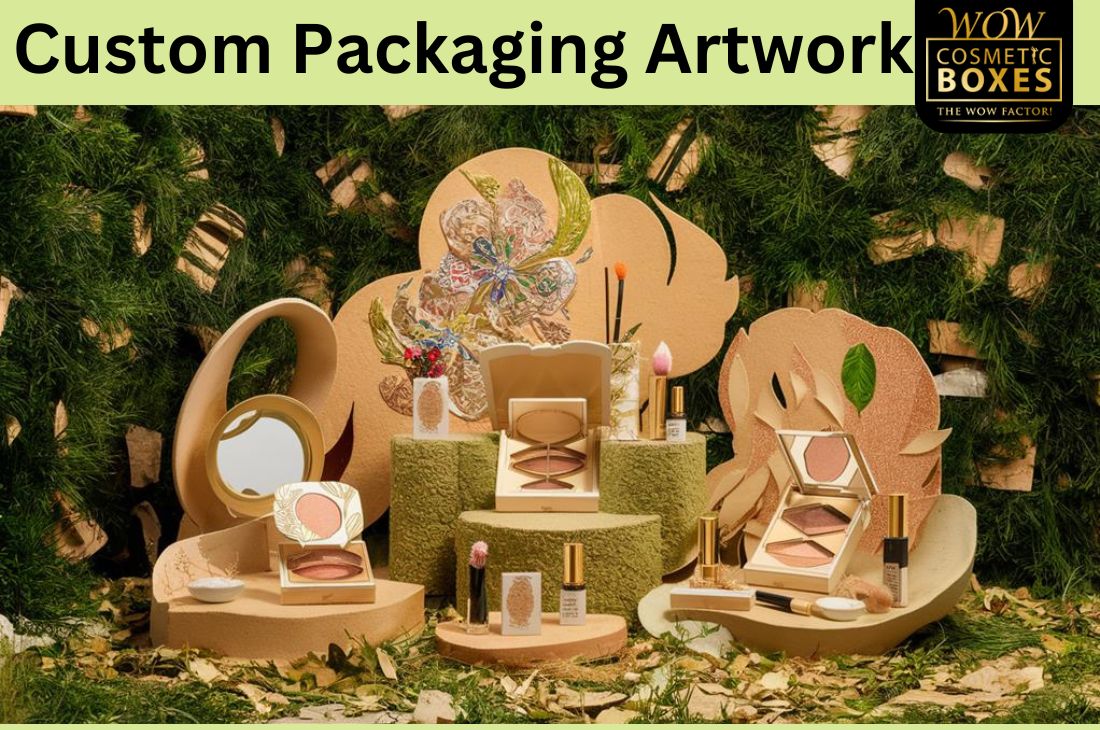
Designing custom retail boxes starts with understanding your brand identity. Define colors and typography that resonate with your target audience. Use templates for cohesive design and select suitable materials, like kraft paper for sustainability or corrugated cardboard for durability. Incorporate high-resolution graphics and logos to boost visibility. Prioritize functionality—make boxes easy to open and stack for retail display. Testing prototypes guarantees your design appeals and functions well. This thoughtful design process not only enhances customer experience but also sets your brand apart. Want to discover more tips for optimizing your custom box design? Keep going!
Main Points
- Understand your brand identity to guide your design choices, including colors and typography that resonate with your target audience.
- Utilize design templates for consistency and select suitable materials like kraft paper or corrugated cardboard for durability and eco-friendliness.
- Incorporate high-resolution graphics and your logo to enhance brand recognition and ensure readability with a clear typeface.
- Prioritize functionality by ensuring easy opening, structural integrity, and compliance with shipping regulations for safe delivery.
- Test prototypes for usability and visual appeal before proceeding to mass production to create an impactful unboxing experience.
Importance of Custom Retail Packaging
Custom retail packaging plays an essential role in shaping consumer perceptions and driving sales. By utilizing custom packaging, you enhance your brand identity and create unique packaging designs that stand out. With 64% of customers influenced by packaging, effective designs not only boost visibility but also foster memorable unboxing experiences. This encourages repeat purchases and generates organic word-of-mouth marketing across social media platforms. Additionally, incorporating customization options can significantly enhance the overall customer experience and promote brand recognition.
Steps to Design Your Boxes
When designing your retail boxes, it’s essential to start with a clear understanding of your brand identity.
Define your colors and typography to resonate with your audience.
Use templates for cohesion and select appropriate packaging materials like kraft paper or cardboard.
Incorporate key design elements such as high-resolution graphics and logos.
Finally, test prototypes to guarantee functionality and appeal before mass production. Additionally, consider utilizing custom printed options that enhance brand visibility and create lasting impressions.
Essential Design Elements
Designing retail boxes involves several key elements that can greatly impact their effectiveness in attracting customers.
Focus on custom product design by incorporating your brand colors and logo for brand awareness. Choose a clear typeface and high-quality graphics, ensuring readability and accurate representation.
Define box dimensions carefully, and consider unique finishing techniques to enhance your packaging style and improve the overall customer experience. Additionally, utilizing custom packaging can significantly enhance brand differentiation in a saturated market.
Materials and Printing Options
Selecting the right materials and printing options is essential for creating effective retail boxes that resonate with your customers.
Consider kraft paper for an eco-friendly choice or corrugated cardboard for durability.
For printing, digital methods offer vibrant colors, while flexographic options suit larger runs.
Using high-quality, eco-friendly inks not only appeals to consumers but also enhances your brand’s sustainability image. Additionally, choosing custom finishes can significantly enhance the visual impact of your packaging.
Functionality and Usability
To guarantee a positive customer experience, custom retail boxes must prioritize functionality and usability.
Focus on ease of opening to enhance accessibility. Incorporate handles or die-cut windows for convenience, while guaranteeing structural integrity to protect contents during transport.
Design stackable, space-efficient packaging to optimize retail display, and comply with shipping regulations to avoid fines and guarantee safe delivery of your products. Additionally, utilizing eco-friendly options can appeal to the growing market of environmentally conscious consumers.
Cost and Budget Considerations
While ensuring functionality and usability is essential for custom retail boxes, it’s equally important to evaluate the costs associated with their production.
Consider cost and budget considerations like design, materials, and shipping. Ordering in bulk can lower per-unit costs, while eco-friendly materials might attract eco-conscious consumers.
Investing in quality packaging solutions can enhance customer satisfaction, leading to better retention and recommendations.
Conclusion
To sum up, designing custom retail boxes is a game changer for your brand. By prioritizing unique packaging, you’ll not only enhance your product’s appeal but also create a lasting impression on customers. Remember to focus on essential design elements, choose the right materials, and keep functionality in mind. With careful planning and consideration of your budget, you can create packaging that stands out and drives sales. Now, go ahead and bring your creative vision to life!

